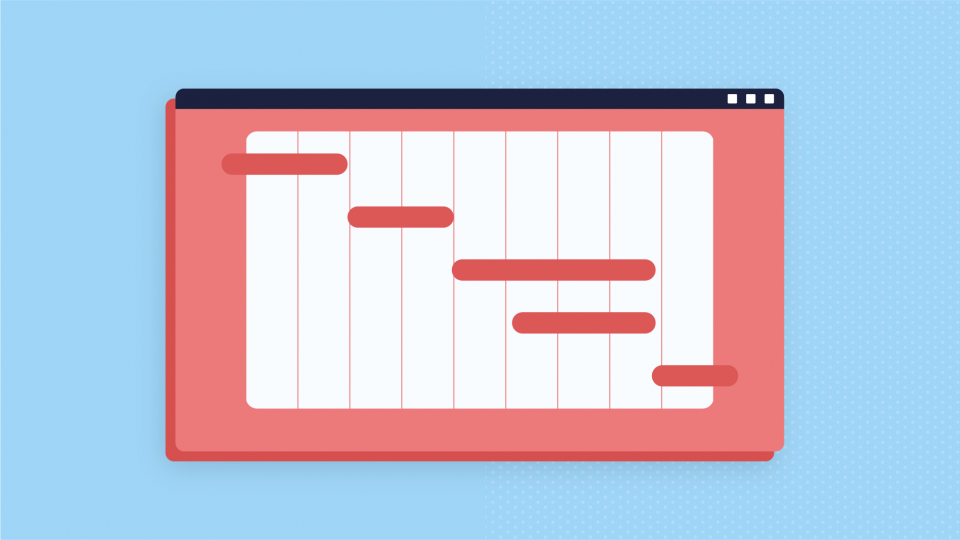For those new to the concept, a Gantt chart is a specific type of bar chart meticulously designed to visualize project schedules. Its primary function is to provide a visual timeline of the project and its many elements including subtasks, tasks, goals and milestones. This is essential to ensure the success of your project.
The clarity of a Gantt chart’s design makes it a vital tool for managing projects. Managers of projects and their teams can easily determine the crucial way to project’s completion due to the chart’s ability to highlight the timelines and dependencies. This involves knowing which tasks need to be completed first, what tasks can be completed concurrently, as well as where bottlenecks may occur.

The critical pathway is a series of project tasks that, if not completed in time could extend the project’s timeline. It is vital to recognize and control the critical path in order to ensure projects stay on course. Gantt charts ease and clarify this process. Through the analysis of the chart project managers can pinpoint the tasks that are critical and allocate resources accordingly to ensure that there are no delays.
A Gantt chart is typically composed of a horizontal timeline that shows the entire duration of a project with a series of vertical bars or lines that indicate each task and its start and end dates. Each task is illustrated by a line, and dependencies between tasks are highlighted by the placement of these bars. Milestones that mark important project achievements, are usually denoted by specific colors or symbols.
Beyond their use for project managers, Gantt charting facilitates efficient team collaboration. The timetable of the project along with individual responsibilities are accessible to everyone on the team. A shared knowledge of the project’s objectives and progress helps create a cooperative environment in which everybody is on the same team.
Gantt charts can be used for evaluating the progress of a project. The chart lets the team members and others to quickly evaluate the status of the project and every task with just a glance. This transparency in real-time ensures that any delays or issues can be identified early, allowing for prompt adjustments and mitigations.
Gantt charts can be adapted to accommodate a broad range of project types and industries. When you’re managing software development task that requires multiple code tasks or a construction venture with complex dependencies, or a marketing campaign with numerous deliverables, Gantt charts are able to adapt to meet your requirements.
A peek into Project Success: The Magic of Gantt Charts
Imagine a scenario in which a project manager begins building an office building. The construction project may be very complex, involving everything from foundation laying and preparation for the site, through landscaping and interior design. In the event of delays, it could affect the project’s timetable at any moment.
But, with the aid of a Gantt chart the project manager is able to carefully plan and monitor each phase. Dependencies become clear that foundation work has to precede the design of the interior, and landscaping may be started in conjunction with other tasks. Resources are allocated according to the critical path. This may include the construction of structures.
Gantt charts are the tool of choice for professionals working in project management.
Gantt charts are a valuable instrument for project managers who have years of experience. These visual aids streamline project planning, execution, and monitoring. They enable teams to work collaboratively and coordinate their efforts with their goals for the project, and respond quickly to any deviations from the plans.
Gantt Charts: Make sure you are keeping your Projects on Time
Gantt Charts are different because they keep projects on schedule and on budget. Gantt Charts provide project managers with full overview of timelines and dependencies. They also permit them to make the necessary changes and to make decisions.
In the world of project management, in which unexpected challenges and changing priorities are commonplace however, the Gantt chart remains a steady allies. Its simplicity, flexibility, and ability to show the progress of a project are the reasons it is an indispensable tool for any manager trying to become a top performer. If you’re about to embark on your journey of project management, harness the magic of Gantt charts to unleash its full potential and guarantee the timely delivery of your project.